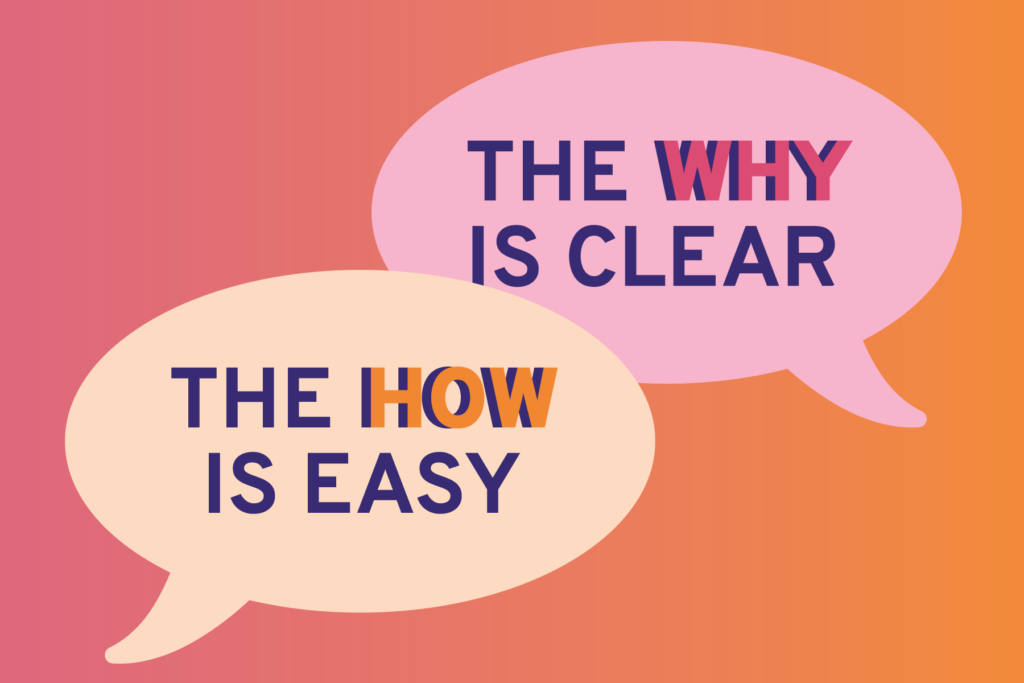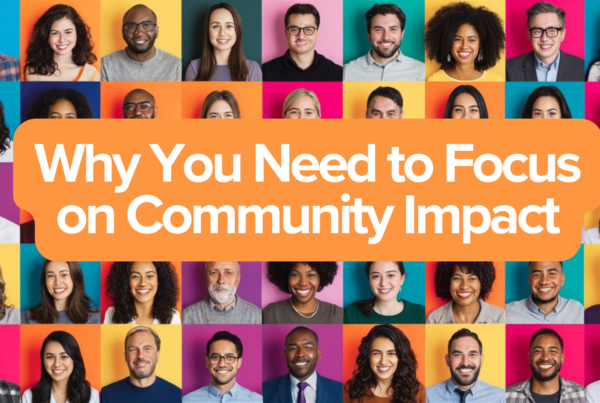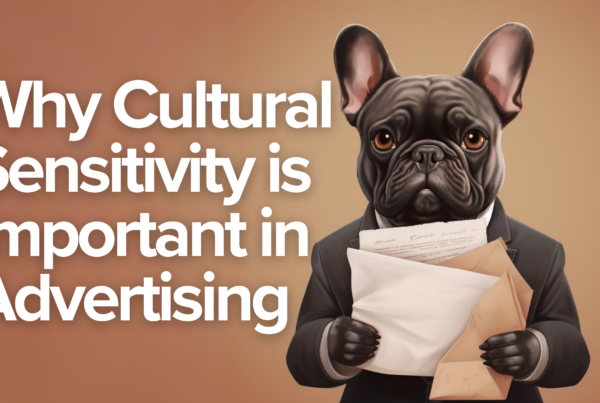When thinking about how to speak effectively to a multicultural audience, it is important to be aware of the different cultural backgrounds of your listeners. What may be considered polite or appropriate in one culture may not be in another. In order to ensure that your message is received and understood correctly, keep reading to learn more from our multicultural marketing agency experts.
1. Be Direct If You Want to Speak Effectively to a Multicultural Audience
If you want to learn how to speak to a multicultural audience, it is important to be direct. This means not using euphemisms or code words but speaking plainly and honestly. Using euphemisms can be seen as being disrespectful or condescending to some minorities. It’s important to get your point across, and the best way to do that is by being very clear in your communication. Otherwise, the message might be lost or, even worse, misunderstood.
There is also the problem of a language barrier. If you want to cast a wide net and speak to greater multicultural audiences on the market, you can’t use language that only Harvard graduates will understand. No need to be fancy – clear and simple communication is key to better understanding.
2. Be Crystal Clear
Just the opposite of this heading above, don’t use too many idioms, jargon, slang, and metaphors when speaking to a multicultural audience. Here are some pointers on how to speak more effectively to a multicultural audience:
- Make sure to say the words properly and with clear enunciation.
- Don’t use difficult words where you need high levels of language proficiency to understand them.
- Pay attention to HOW you speak. Don’t speak too fast, don’t cut corners, and don’t yell.
- Be mindful of your body language.
- Use hand gestures to illustrate the points you are talking about.

3. Be Aware of Other People’s Cultures
While you should be respectful of other people’s cultures, you also have to be aware of the differences between cultures. What’s positive in one culture could be deemed very disrespectful in others. It’s important to remember that not everyone in a minority group thinks or behaves the same way. There is no one-size-fits-all approach to dealing with minorities; you need to take the time to learn about each individual group and its culture.
Cultural sensitivity is important. That way, you show that you care about different minorities, and you demonstrate your knowledge of somebody else’s culture. This is the best way to break down and get rid of cultural barriers. Learn more about people’s cultural backgrounds by asking and conversing with them.
It is also important to avoid making assumptions about people’s backgrounds or cultures. For example, don’t assume that all Muslims are terrorists or that all Spanish speakers are from Mexico. Be open-minded and respectful of other cultures. Broaden your horizons, and don’t observe the world just through your prism.

4. Be Respectful to Other Cultures
Unless you are a professional comedian, don’t act like one. Some jokes which are funny to you, the multicultural audience might find offensive. Another surefire way to ridicule an entire culture is to base your marketing efforts on cultural stereotypes. Don’t make fun of anyone’s culture, and steer clear of stereotyping.
Even big brands fell prey to common cultural stereotypes and, as a consequence, have lost millions in process and brand supporters. Stereotypes are harmful to minorities mostly because they misrepresent an entire minority group. There are plenty of mistakes you can make when speaking to a multicultural audience, so make sure you read up and avoid them.
Be respectful even if you don’t know much about someone’s culture.

5. Be Appreciative, Don’t Appropriate
The greatest tip you will hear about speaking to multicultural audiences will be to try understanding the multicultural consumer mindset. After all, multicultural marketing is the future, as multicultural consumers make up almost 40% of the U.S. population. The key here is to learn to embrace and celebrate differences only without cultural appropriation.
How do you know when you are appropriating a culture? It’s quite simple. If you have a financial or any other form of gain, it’s probably an appropriation. If you are admiring and celebrating somebody’s culture just for the sake of appreciation – that’s the right path.
6. Be Adaptive With Your Communication
As was already said above, there is no one size fits all approach for multicultural marketing – or any marketing for that matter. BUT, you can adapt your communication and your message so that it can conform to a wider group of people, even several minority groups.
Unilever was among the first to tackle old and overused gender stereotypes in classical marketing. They started something called an Unstereotype Alliance, which was joined by Google, Mars, Alibaba, and UN Women. The goal – banishing gender portrayals in marketing.
This is a great example of how brands adapted their message to conform to a larger audience, minority and non-minority alike.
What’s the Takeaway of How to Speak Effectively to a Multicultural Audience?
When speaking to a multicultural audience, it’s important to be direct and crystal clear. You also need to be respectful of other cultures and aware of how your actions may be interpreted. Finally, always be appreciative and never appropriate another culture’s traditions or practices. That’s why PHU Concepts is here to help you create culturally-sensitive marketing materials that resonate with your target audience.



